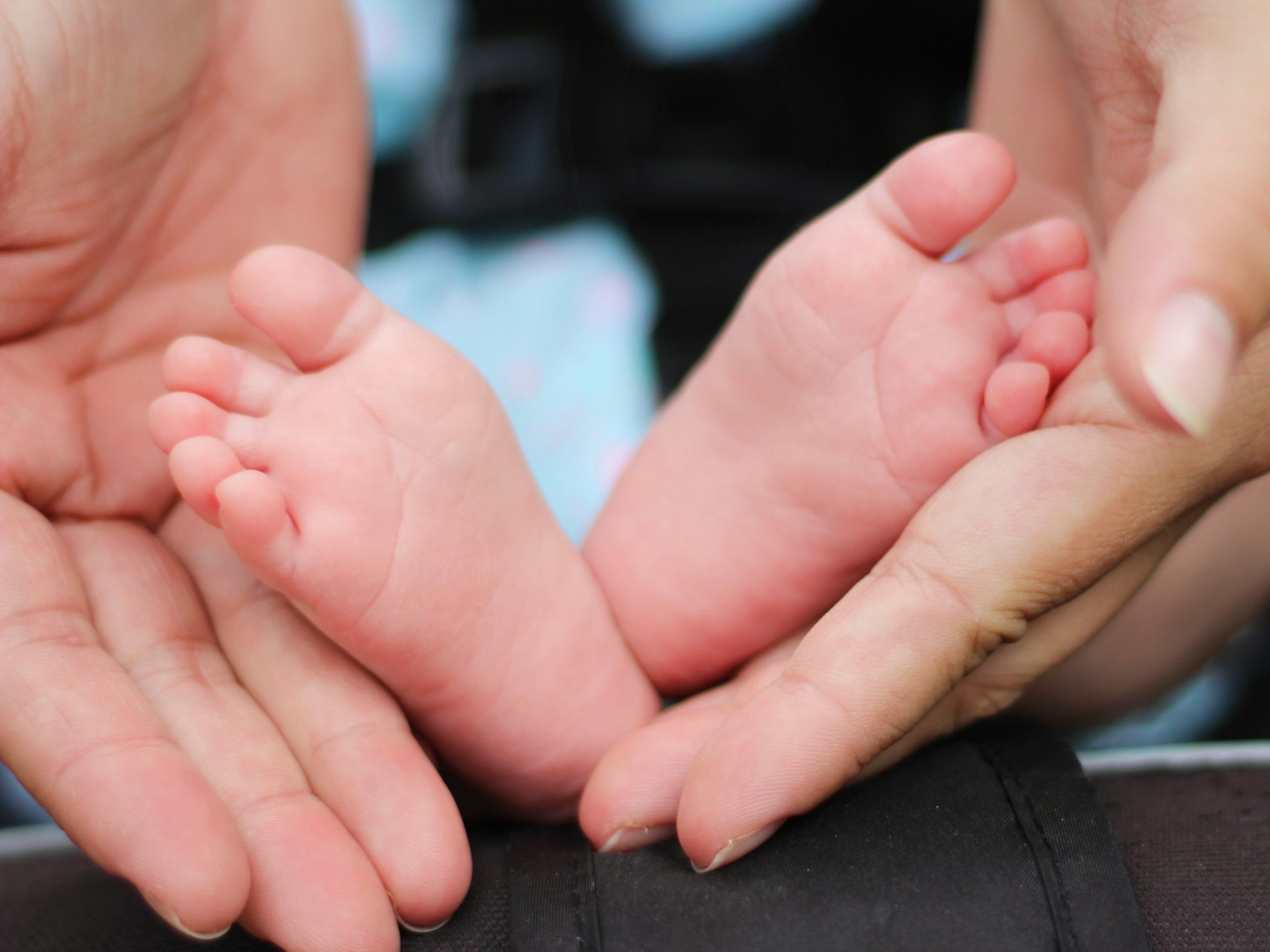A corn, also called magpie eye or calloused pit, is a callus thickening on foot. Calluses occur when the skin is continuously exposed to pressure and friction, for example, by wearing shoes that are too tight. With continued pressure, the callus can develop into painful corn. A corn looks like a round, thickened callus that is yellow and has a hardcore that is slightly deeper in the skin. Corns are shared under the sole and on and between the toes.
Corn or wart?
Usually, a corn feels hard, but a corn can also be soft. That is why it is sometimes difficult to distinguish a corn from a wart. You can recognize a mole by small, black dots in the core, which appear when you gently remove the callus. This is not the case with a corn.
How does a corn form?
As mentioned, a corn is created by constant friction and pressure. Causes of increased pressure can include:
- Wear shoes that are too tight.
- Being overweight.
- An abnormal position of feet or toes.
How can you prevent corn?
The annoying thing about corns is that as long as you don’t tackle the cause, they keep coming back. Prevent corns by reducing the pressure on your feet. You can do this by wearing comfortable, well-fitting shoes or insoles and corn plasters or rings.
If you are dealing with corns more often, you can also choose to have your feet regularly treated at the pedicure.
How can you remove a corn?
In some cases, you can happily remove a corn yourself. There are several ways you can do this:
- Take a warm foot bath with baking soda. This will soften your skin, making it easier to remove the corn.
- Use special corn plasters or salicylic acid ointment. Due to the acid, the callus above the corn loosens better.
- Then carefully cut away the corn with a knife.
Is the callus layer too deep? Then leave the cutting to your doctor or the pedicure.
Corns in children
Children can also suffer from corns. The treatment of a corn is the same as in adults. Explain to your child not to put extra pressure on the corn and ask your child to indicate when their shoes are too tight.
